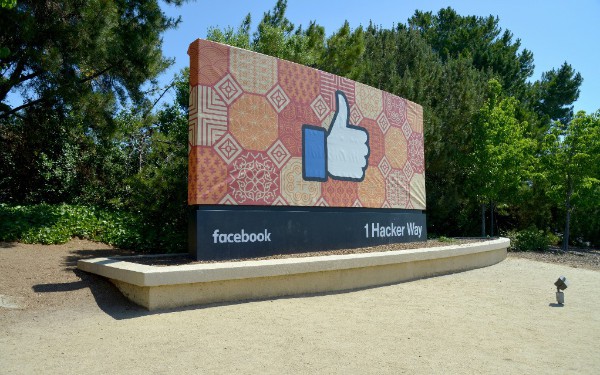 Enhancing Few-Shot Text Classification With Noisy Channel Language Model Prompting Enhancing Few-Shot Text Classification With Noisy Channel Language Model Prompting Sep 18th 2024, 20:00, by Nakul Pandey Few-shot learning is a fascinating area in natural language processing (NLP), where models are trained to perform tasks with very few labeled examples. Traditional approaches often rely on directly modeling the conditional probability of a label given an input text. However, these methods can be unstable, especially when dealing with imbalanced data or the need for generalization to unseen labels. A recent advancement in this area is the noisy channel language model prompting, which takes inspiration from classic noisy channel models in machine translation to improve few-shot text classification. Here are two concrete examples of problems in few-shot learning that the noisy channel language model prompting aims to solve: |  Performing Advanced Facebook Event Data Analysis With a Vector Database Performing Advanced Facebook Event Data Analysis With a Vector Database Sep 18th 2024, 19:00, by Usama Jamil In today's digital age, professionals across all industries must stay updated with upcoming events, conferences, and workshops. However, efficiently finding events that align with one's interests amidst the vast ocean of online information presents a significant challenge. This blog introduces an innovative solution to this challenge: a comprehensive application designed to scrape event data from Facebook (opens new window)and analyzes the scraped data using MyScale(opens new window. While MyScale is commonly associated with the RAG tech stack or used as a vector database, its capabilities extend beyond these realms. We will utilize it for data analysis, leveraging its vector search functionality to analyze events that are semantically similar, thus providing better results and insights. |  Optimizing Cost and Carbon Footprint With Smart Scaling Using SQS Queue Triggers: Part 1 Optimizing Cost and Carbon Footprint With Smart Scaling Using SQS Queue Triggers: Part 1 Sep 18th 2024, 18:00, by Varun Dixit The rising demand for sustainable and eco-friendly computing solutions has given rise to the area of green computing. According to Wikipedia, Green computing, green IT (Information Technology), or ICT sustainability, is the study and practice of environmentally sustainable computing or IT. With the rise of cloud computing in the last few decades, green computing has become a big focus in the design and architecture of software systems in the cloud. This focus on optimizing the resources for energy efficiency allows us to focus on cost optimization in addition to reducing the carbon footprint. AWS is one of the cloud providers leading the movement from the front. AWS is investing heavily in renewable energy and designing its data centers with efficiency in mind. According to the Amazon Climate Pledge, Amazon aims to achieve net-zero carbon emissions by 2040 and has already made significant strides, including powering its operations with 100% renewable energy by 2025. Additionally, AWS provides tools like the AWS Carbon Footprint Calculator, enabling customers to monitor and reduce their carbon emissions, thereby fostering a more sustainable digital ecosystem. |  Kafka Message Testing Kafka Message Testing Sep 18th 2024, 17:15, by Anton Belyaev |  Securing Your Enterprise With an Identity-First Security Strategy Securing Your Enterprise With an Identity-First Security Strategy Sep 18th 2024, 16:45, by Vijay Pitchumani According to Fortune Business Insights, the global Software as a Service (SaaS) market is projected to grow from USD 317 billion in 2024 to USD 1.2 trillion by 2032, with a compound annual growth rate (CAGR) of 18.4%. This substantial growth in SaaS and cloud service adoption is primarily driven by modern technological advancements, such as artificial intelligence, and a predominantly hybrid workforce that requires productivity to remain competitive. However, this increased reliance on SaaS software has also led to a rise in cyberattacks. A study from the University of Maryland reveals that hackers attempt an attack every 39 seconds on average. With the emergence of AI, cyberattacks are becoming more sophisticated. With the average cost of a cyberattack nearing $4.45 million, it is crucial for enterprises to evolve their security infrastructure to protect against the evolving threat landscape posed by modern cyberattacks. Taking an Identity-First Approach to Security Malicious actors are no longer limited to targeting traditional VPN networks for unauthorized access. With the rise of remote work and organizations allowing employees to work from anywhere, attackers are increasingly targeting identities and employing modern techniques, such as social engineering attacks, to gain access to systems. According to the 2024 Verizon Data Breach Investigations Report, 68% of data breach attacks involve a human element, like a person falling victim to a social engineering attack. |  Common Mistakes While Implementing Self-Recursive Calls in MuleSoft [Video] Common Mistakes While Implementing Self-Recursive Calls in MuleSoft [Video] Sep 18th 2024, 16:15, by Sravanthi Bhaskara What Are Self-Recursive Loops? A self-recursive loop refers to a pattern where a flow or sub-flow calls itself recursively to process data iteratively. This is typically used to handle scenarios where data needs to be processed repetitively, such as iterating over nested data structures, managing pagination, or processing large payloads in chunks. In short, it's similar to the while/do-while loop in Java. | |
Comments
Post a Comment